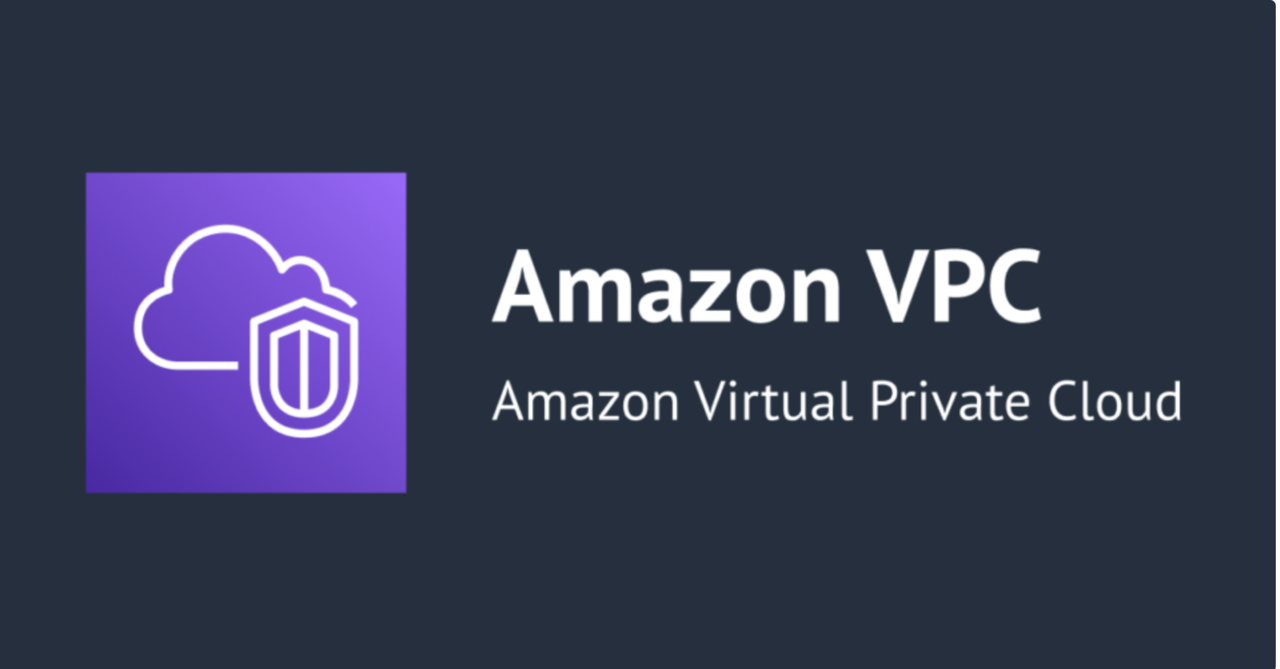Creating a Virtual Private Cloud (VPC) in AWS
 Sumit Mondal
Sumit Mondal
Introduction:
In the realm of cloud computing, Amazon Web Services (AWS) stands out as a leading provider, offering a plethora of services to meet various business needs. One fundamental service is the Virtual Private Cloud (VPC), which allows you to create a private network within the AWS cloud. If you're just starting with AWS and want to understand how to set up a VPC, you're in the right place. In this guide, we'll walk through the process step by step.
Step 1: Sign in to AWS Console
First things first, log in to your AWS account. If you don't have an account yet, you can easily create one on the AWS website.
Step 2: Navigate to the VPC Dashboard
Once logged in, you'll find yourself in the AWS Management Console. Look for the "Services" dropdown menu and select "VPC" under the "Networking & Content Delivery" section.
Step 3: Start the VPC Wizard
On the VPC Dashboard, click on the "Start VPC Wizard" button. AWS offers several VPC configuration options, but for this guide, we'll choose the "VPC with Public and Private Subnets" option, which is suitable for most scenarios.
Step 4: Configure VPC Settings
The wizard will guide you through several configuration steps. In the "VPC Settings" section, you can specify the VPC name, the CIDR block (IP address range), and other details. For beginners, it's often best to stick with default settings, but feel free to customize according to your needs.
Step 5: Configure Subnet Settings
Next, configure the subnets for your VPC. AWS will automatically create public and private subnets based on your selections. Public subnets are typically used for resources that need direct internet access, while private subnets are suitable for resources that should remain within the private network.
Step 6: Configure Route Tables
In the "Route Tables" section, the wizard will create route tables for your public and private subnets. These tables define how traffic is directed within your VPC. Again, default settings work well for most use cases, but you can customize as needed.
Step 7: Configure Security Group
Security groups act as virtual firewalls for your instances. In this step, you can create a new security group or choose an existing one. Configure the rules to control inbound and outbound traffic to your instances.
Step 8: Review and Create
After completing the configuration steps, review your settings to ensure everything is in order. If all looks good, click on the "Create" button. AWS will now create your VPC based on the provided configurations.
Conclusion:
Congratulations! You've successfully created your Virtual Private Cloud (VPC) in AWS. This fundamental step sets the foundation for hosting your applications and services securely in the cloud. As you delve deeper into AWS, you'll discover more advanced VPC configurations and optimization techniques. For now, take the time to explore your newly created VPC and start deploying your resources within this secure and scalable environment. Happy cloud computing!
Subscribe to my newsletter
Read articles from Sumit Mondal directly inside your inbox. Subscribe to the newsletter, and don't miss out.
Written by

Sumit Mondal
Sumit Mondal
Hello Hashnode Community! I'm Sumit Mondal, your friendly neighborhood DevOps Engineer on a mission to elevate the world of software development and operations! Join me on Hashnode, and let's code, deploy, and innovate our way to success! Together, we'll shape the future of DevOps one commit at a time. #DevOps #Automation #ContinuousDelivery #HashnodeHero